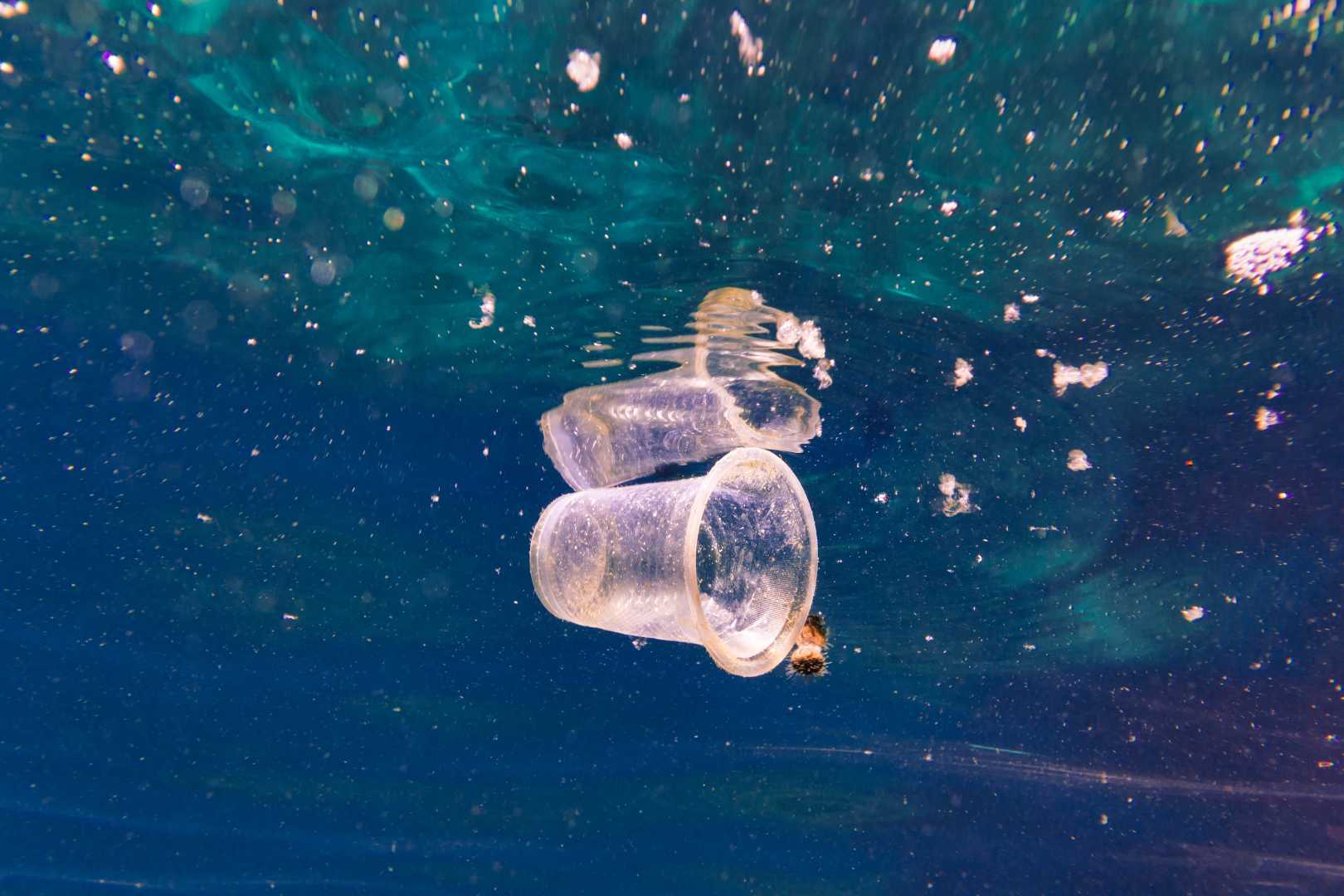News
Microplastics Found Deep in Oceans, New Study Reveals

Fort Lauderdale, Florida — A groundbreaking study has revealed that microplastics are not limited to the ocean’s surface but are prevalent throughout the entire water column, reaching as deep as seven kilometers. Conducted by researchers at Florida Atlantic University, this comprehensive survey involved nearly 2,000 sites globally over the past decade, focusing on a range of ocean depths.
Dr. Mincer, a marine scientist, emphasized the staggering scale of the problem, stating, “It’s millions and millions of metric tonnes of this stuff throughout the interiors of the ocean.” The research shows microplastics are found virtually everywhere scientists have examined, including the abyssal depths of the ocean, with over 13,000 particles detected per cubic meter.
Researchers were surprised to find that the smallest microplastic particles were evenly distributed throughout the water body, neither sinking nor floating, but remaining suspended. Dr. Stubbins from Northeastern University noted, “We expect to find plastics at the bottom and top of the ocean, but not everywhere in between.” This finding underscores an alarming trend regarding ocean pollution.
The study highlights that the polymers in these microplastics constitute a significant portion of the carbon particles floating within the ocean. In deeper sections, where biological activity is minimal, these microplastics can account for up to 5 percent of the carbon particles, affecting the marine ecosystem and potentially hindering the ocean’s ability to sequester carbon.
While the ecological consequences of widespread microplastic pollution are largely unknown, experts stress that it poses a serious threat. The presence of buoyant plastics could impact organisms like plankton, which play a crucial role in the carbon cycle by transporting carbon to ocean depths in their waste. Dr. Stubbins remarked, “We’re just now discovering the extent of plastics across the ocean.” He urged that this issue needs more attention from marine biologists and chemists alike.
Overall, this study sheds light on the alarming distribution of microplastics in the ocean and opens up essential discussions regarding ocean health and conservation efforts.












